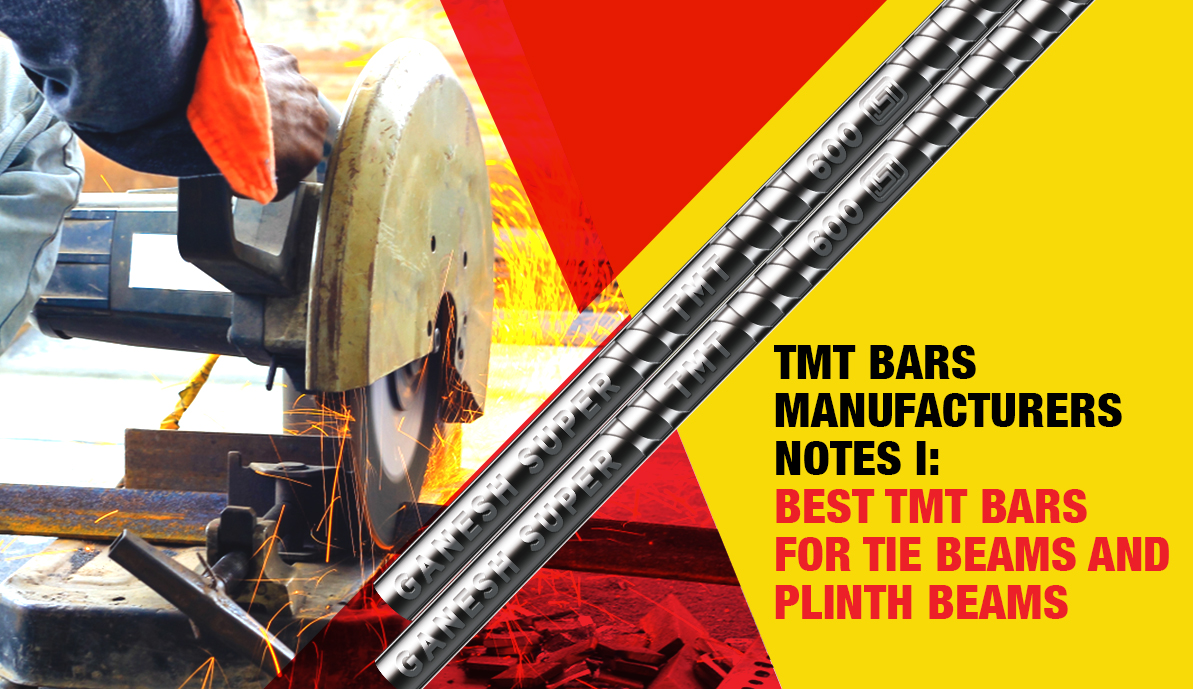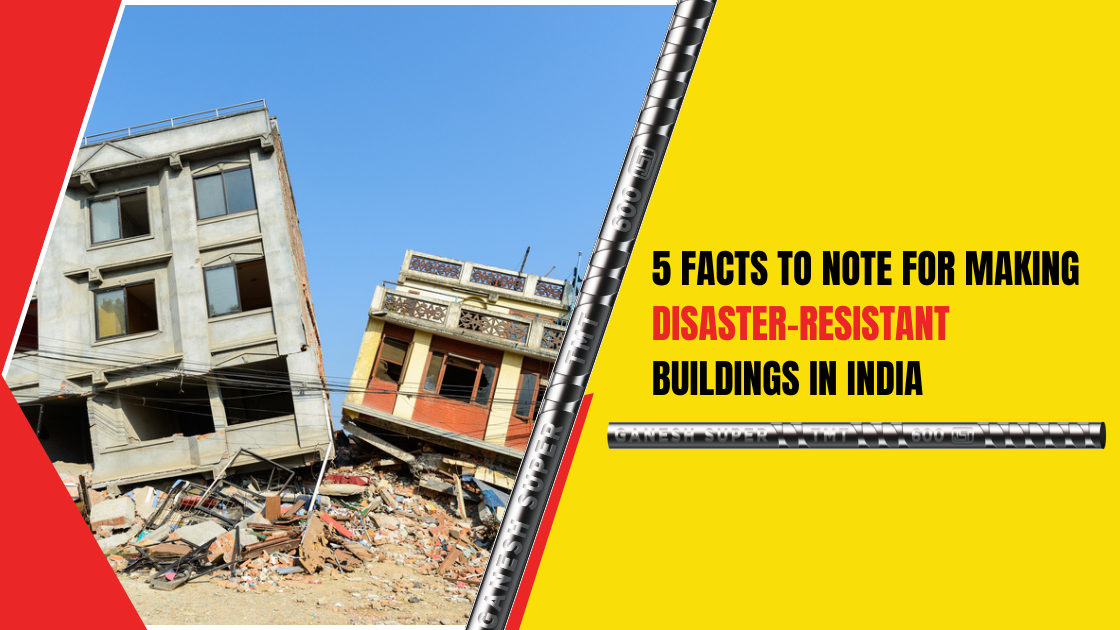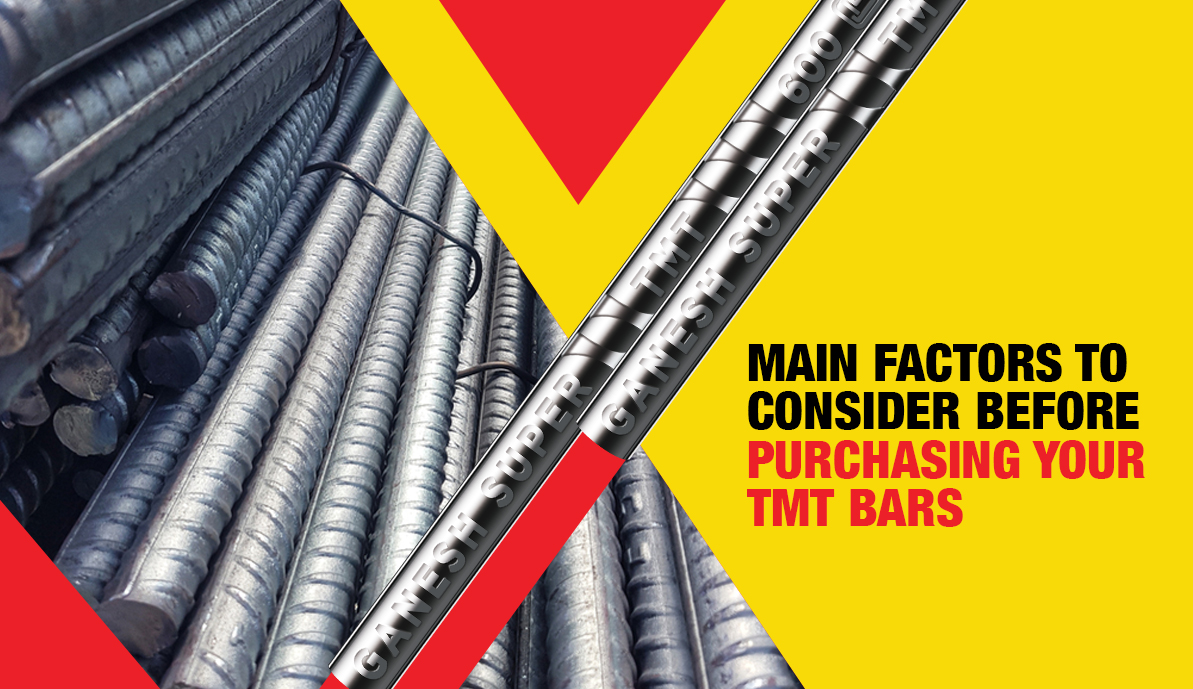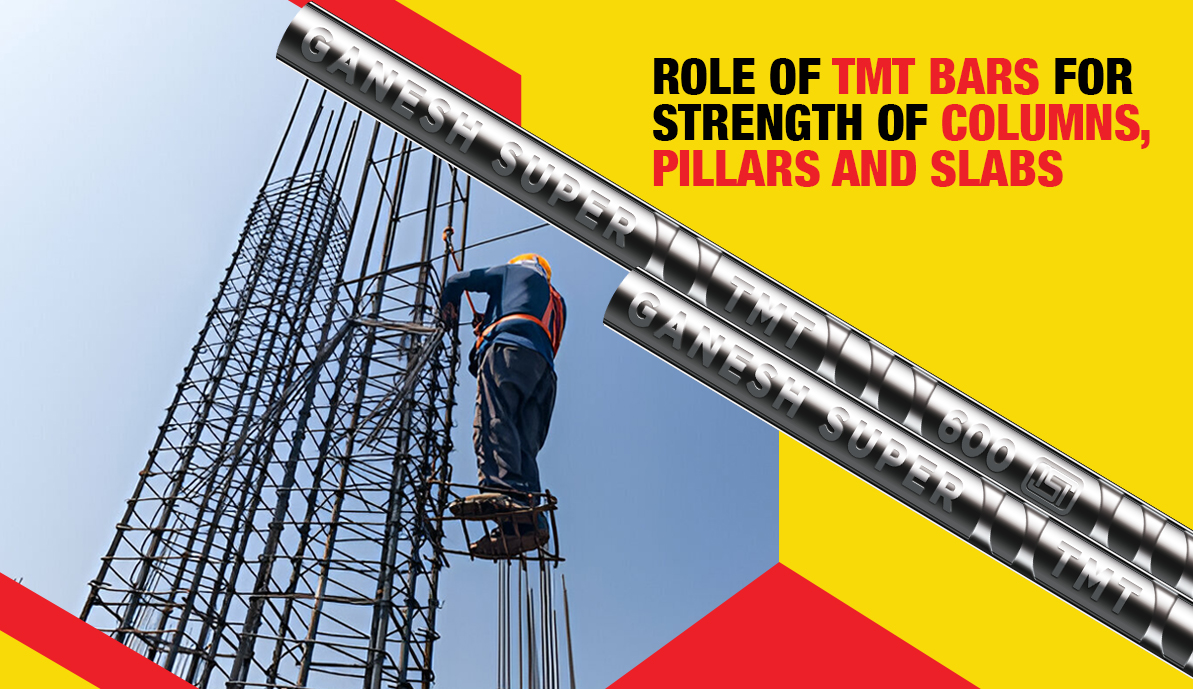Construction of tie beams and plinth beams requires careful consideration of the design and reinforcement needs. TMT bars, due to their high strength, flexibility, and resistance to corrosion, are a must for these beams.
Among the most popular and widely used reinforcement materials are steel bars, particularly those made from Thermo-Mechanically Treated (TMT) steel. TMT steel bars have gained widespread recognition in the construction industry for their superior properties. Especially when increasing the strength of beams and other related structural elements are a concern. The distinct characteristics of TMT steel bars—their high tensile strength, flexibility, and resistance to corrosion—make them an ideal material for reinforcing concrete beams and other structures.
TMT bars hold the entire structural integrity through tie beams and plinth beams by distributing loads effectively/ They resist shear forces and increase the longevity of a building’s foundation and structural framework if the appropriate diameter, grade, and reinforcement design is selected. Moreover, the corrosion resistance of TMT bars results in fewer repairs over a structure’s lifetime.
Explaining Beams:
Tie Beams:
These are horizontal, structural members that resist lateral loads. They connect columns at the base of buildings. Tie beams transfer forces from one part of a structure to another, enhancing strength and stability.
Tie beams are reinforced with main bars (longitudinal reinforcement) placed along the length of the beam and stirrups (lateral reinforcement) perpendicular to the main bars and holding them in position resisting shear forces.
Several factors determine the size of the TMT bars and the required reinforcement amount. The structural design, the span of the beam, the load distribution pattern, and seismic considerations all come into play.
Typically, it’s the 12mm to 20mm diameter Fe415, Fe500, or higher grade of TMT bars that are found to be used in tie beams, but they might vary according to local building codes. 415 and 500 are actually 415 MPa and 500 MPa; the yield strength of the steels.
Plinth Beams:
The plinth level is just above the foundations, and plinth beams are structural elements placed horizontally. They connect the foundation and the superstructure, providing a stable base for an even distribution of the load.
The preferred size and type for the TMT bars here are similar to tie beams, but plinth beams require both longitudinal reinforcement (main bars) and transverse reinforcement (stirrups). The main bars are placed along the length of the beam, while stirrups are provided at regular intervals to resist shear forces from soil pressure and potential differential settlement.
A Quick Recap
Beams are subjected to loads or stresses and need to resist stretching and deformation, which is precisely where TMT steel bars excel. The hard outer surface of TMT bars gives them the ability to withstand high tensile forces, which significantly strengthens the beam.
TMT Bars Bring Higher Fatigue Resistance
Beams often experience repetitive or cyclic loading, which can lead to material fatigue over time. TMT steel, of which TMT bars are made, offers excellent resistance to fatigue due to its ability to withstand repeated loading and unloading without significant loss of strength. This characteristic is particularly crucial in structures subjected to high-traffic areas, industrial buildings, bridges, and other infrastructure where loads vary constantly.
The enhanced fatigue resistance ensures that beams reinforced with TMT steel retain their strength for longer durations, even under constant dynamic loading conditions. Beams made with TMT steel are less prone to cracking, rusting, or weakening due to exposure to the elements, which means less frequent inspections and repairs are required. Beams reinforced with TMT steel are more resistant to seismic forces.
The best TMT Bar Manufacturers focus on a combination of high tensile strength, flexibility, resistance to corrosion, and superior bonding with concrete. These features make TMT steel an ideal choice for reinforcement in modern constructions. Beams reinforced with TMT steel are not only stronger and more durable but also more cost-effective in the long run due to reduced maintenance and repair needs.
General Guidelines to be Followed for Both Types of Beams:
Concrete Grade:
TMT bars should be used in combination with an appropriate grade of concrete, usually M20 or M25, for residential buildings, depending on the structural load and design specifications.
Spacing of Bars:
The TMT bars are spaced according to the beam’s design and the local codes/municipal guidelines. For longitudinal bars, it’s usually between 150mm and 200mm, while stirrups stay 100mm to 150mm apart.
Bending and Cutting:
TMT bars can be bent and cut easily without compromising their strength, making them suitable for the complex shapes needed in tie and plinth beams.
To End This Discussion
TMT Saria Manufacturers say that concrete is strong with compression but weak in tension. By incorporating TMT steel bars – with high tensile strength – a beam handles both tensile and compressive forces well.





